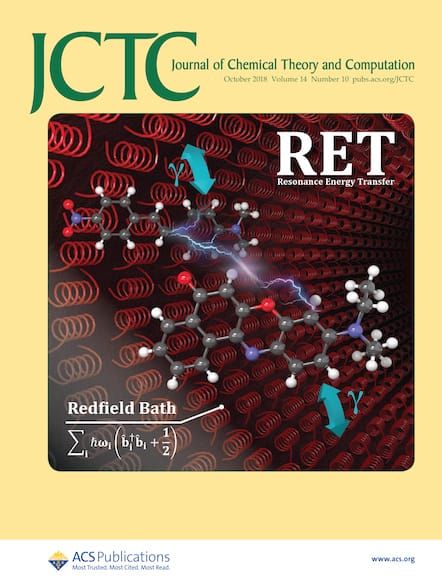MPBuild:用于高保真膜蛋白模拟系统构建的自动化管道。
IF 5.5
1区 化学
Q2 CHEMISTRY, PHYSICAL
引用次数: 0
摘要
膜蛋白是50% fda批准的药物的靶点,但通过分子动力学模拟对其进行动态表征受到劳动密集型系统制备的阻碍。为了应对这一挑战,我们开发了MPBuild──一种集成了结构修复、非规范组件参数化和系统组装的自动化管道。关键的创新包括(i)模板引导的野生型序列和缺失结构域的恢复,(ii)复杂配体的自动力场生成,以及(iii)分解的PDB输出实现分钟级系统重建。MPBuild以11种不同的膜蛋白系统为基准,在排除结构修复持续时间的情况下,MPBuild的处理时间与CHARMM-GUI相当。案例研究验证了生物物理的准确性:再现了GPR68-Gq的结合界面;准确捕获了SSTR2/5和奥曲肽的相互作用,并提出了潜在的新基序,可能是受体亚型选择性的基础。总之,MPBuild是高通量膜蛋白药物发现的强大工具,提供端到端解决方案,简化了从系统准备到模拟的整个过程。本文章由计算机程序翻译,如有差异,请以英文原文为准。
MPBuild: An Automated Pipeline for High-Fidelity Membrane Protein Simulation System Construction.
Membrane proteins serve as the targets for 50% of FDA-approved drugs, but their dynamic characterization via molecular dynamics simulation is hindered by labor-intensive system preparation. To address this challenge, we developed MPBuild─an automated pipeline integrating structural repair, noncanonical component parametrization, and system assembly. Key innovations include (i) template-guided restoration of wild-type sequences and missing domains, (ii) automated force field generation for complex ligands, and (iii) decomposed PDB outputs enabling minute-scale system rebuilding. Benchmarked across 11 diverse membrane protein systems, MPBuild achieved processing times comparable to those of CHARMM-GUI when structural repair durations were excluded. Case studies validated the biophysical accuracy: Reproduced binding interfaces of GPR68-Gq; accurately captured SSTR2/5 and octreotide interactions, and suggested potential novel motifs that may underlie receptor subtype selectivity. In summary, MPBuild serves as a powerful tool for high-throughput membrane protein drug discovery, offering an end-to-end solution that streamlines the entire process from system preparation to simulation.
求助全文
通过发布文献求助,成功后即可免费获取论文全文。
去求助
来源期刊

Journal of Chemical Theory and Computation
化学-物理:原子、分子和化学物理
CiteScore
9.90
自引率
16.40%
发文量
568
审稿时长
1 months
期刊介绍:
The Journal of Chemical Theory and Computation invites new and original contributions with the understanding that, if accepted, they will not be published elsewhere. Papers reporting new theories, methodology, and/or important applications in quantum electronic structure, molecular dynamics, and statistical mechanics are appropriate for submission to this Journal. Specific topics include advances in or applications of ab initio quantum mechanics, density functional theory, design and properties of new materials, surface science, Monte Carlo simulations, solvation models, QM/MM calculations, biomolecular structure prediction, and molecular dynamics in the broadest sense including gas-phase dynamics, ab initio dynamics, biomolecular dynamics, and protein folding. The Journal does not consider papers that are straightforward applications of known methods including DFT and molecular dynamics. The Journal favors submissions that include advances in theory or methodology with applications to compelling problems.
 求助内容:
求助内容: 应助结果提醒方式:
应助结果提醒方式:


